Day-to-Day Life of an Adjuster
Entry-level Claims Adjuster: When I receive a claim, my first step is to contact the insured to set up an inspection date. I explain the process and how their policy might or might not be used to cover their damage. I collect photos (if available) and ask how the damage occurred.
I will review the customer’s policy to ensure coverage was in effect at the time of the loss.
I also ensure the loss is covered by the policy (sudden and accidental damage is covered but a long-term leak is not). I will then upload my call notes and fill out other paperwork. I only work in the field and I mainly work on weather-related claims.
Before the inspection, I will research past storm dates to validate the dates the policyholder provided. I will find photos of the home on the internet to ensure the damage is new and not previously existing. I will also check the policyholder’s records for past claims to ensure our company isn’t paying for the same damage twice.
On the day of the inspection, I greet the customer, explain the inspection process, and then inspect the damage.
This can be the fun part of the Entry Level Claims Adjuster.
Inspecting the damage may require climbing a roof, walking through attics with dust and spider webs, or entering a cold, creepy basement. I take enough pictures to help me tell the story of what could have caused the damage.
From there, I use my knowledge/training to identify what is damaged, what caused the damage, and how long the damage has been there.
If I am unsure, I can get an expert like an electrician to help identify what caused the damage and what will be needed (costs, materials, & labor) to repair the damage. An average inspection can last 30 minutes to 1 hour, but oftentimes they do last longer.
After taking pictures, I sketch the floorplan of the room with damage. Then I determine what is needed for the repair of each room. For example, 16sq ft of drywall, 1 or 2 coats of paints, replacement of flooring, and cost of labor for moving furniture in order to make that room look like it did before the damage.

AFTER THE INSPECTION
If the damage is payable, I will create an estimate using Xactimate, & provide initial payment (check) to the insured. If the damage is not covered, I draft a denial letter citing policy language to justify our reason for the denial.
This highly involves interpreting policy language.
This can be the most heartbreaking part of the job because you want to help everyone, but you must abide by the constraints of the policy which is a legally binding document.
As an independent adjuster, most of my day is spent on the phone, writing notes or letters, and creating estimates. As a public adjuster, I spend more time in front of the client explaining and reviewing the policy in their home or office.
The beautiful side of the business is helping someone in need. I am often referred to as an angel and at times even find myself eating dinner with the family.
To become a claims adjuster, I first had to learn about insurance laws.
Most states require claims adjusters to pass a state exam much like nurses and firefighters in order to receive their license to practice claims adjusting. After passing the exam, claims adjusters should focus on growing their skills in construction materials and processes (for example, replacing a roof after a hail storm), learning how to negotiate, learning how to read and interpret insurance policies (there are 100s), and most of all good customer service as claims adjusters are the face of the insurance company.

An Alternative to Getting Started
I recommend working with a restoration company and learning how to use estimating software like Xactimate.
If you’re interested in auto, learning car parts is critical. In fact, GEICO spends 3 weeks training new adjusters on every part of a vehicle. Every single part.
Once in the field designations such as Senior Professional Public Adjuster (SPPA), Chartered Property and Casualty Underwriting (CPCU), Senior Claims Law Associate (SCLA) and Associate in Claims Management (AIC) are useful for moving into executive-level positions. FEMA and Homeland Security also provide required training for flood losses.
See Designations Requirements Here: https://web.theinstitutes.org/designations
Adjusters can work directly with the insurance company as a staff adjuster or with a staffing company as an independent adjuster whose client is the insurance company. The independent adjuster will bill the insurance company for a fee and split that fee with their firm.
The public adjuster works directly for the insured and will receive a contingency fee based on the total amount of the insurance claim settlement.
All 3 do the same work but just represent different sides.
Read more about getting into the industry

